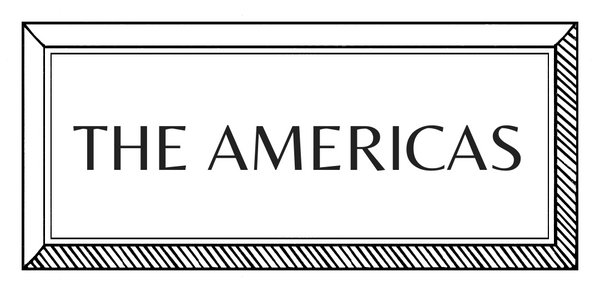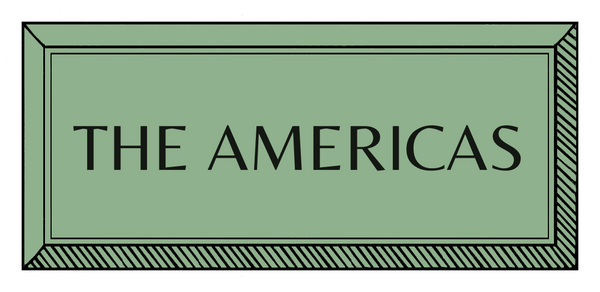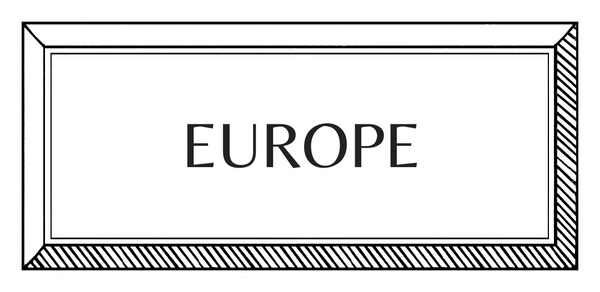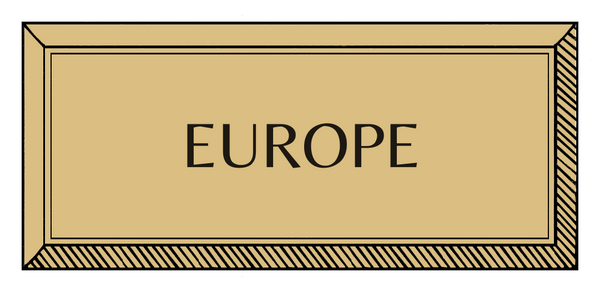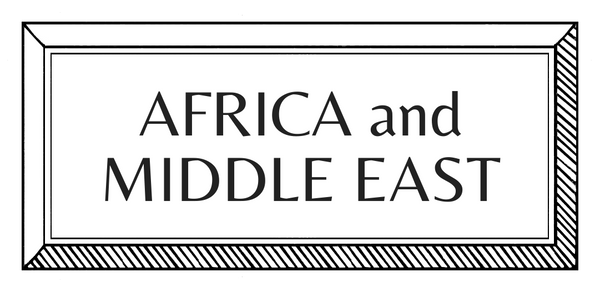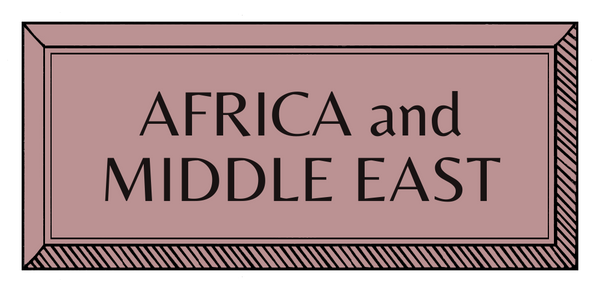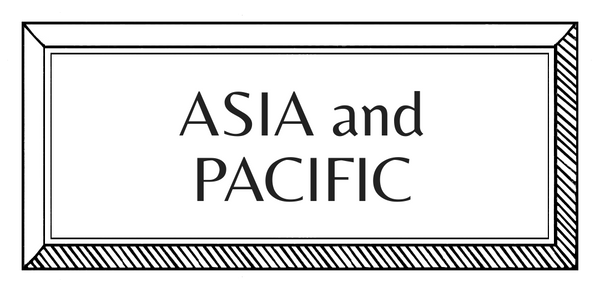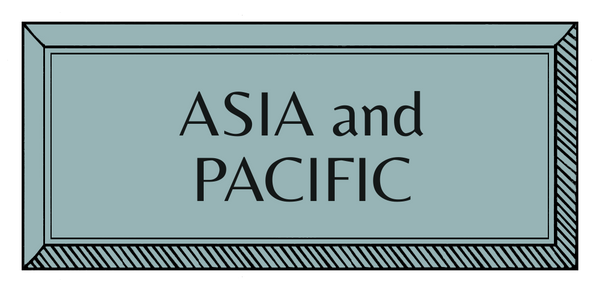MAKERS | THE AMERICAS | USA | CERAMICS
Eve Kaplan | Ceramicist

Hudson Valley-based ceramicist Eve Kaplan resisted the inexorable pull of clay for many years, despite natural artistic talent and a strong family history (her mother was a potter). After a successful career in gilding and antique furniture restoration, she finally answered her calling and retrained in pottery. With major endorsements from galleries and leading designers - Michael S. Smith was one of her first clients - she is now a full-time ceramicist.
How did you begin?
I started working in clay about 20 years ago. On a whim, I thought I might enjoy taking a ceramics class. I realized that throwing on a wheel was not fun for me, but I loved hand building! I have always been drawn to working with my hands and using different materials. In college I majored in painting and sculpture and was realistic about the difficulties of making a living as an artist. I knew I needed to use my hands and not be in an office setting.
Luckily, I landed a job in antique furniture restoration, specializing in water gilding. I later started my own restoration business and was happy using ancient techniques and materials. It was only later that I missed the creative process of making my own objects, and that led me to clay. Ironically, my mother was an accomplished ceramic artist, but I only began working in clay many years after she had died. I still use her kiln and tools from her studio.
How did you learn?
I took many classes at Greenwich House Pottery in New York City, while continuing my gilding business, and that is where I learned my basic technical knowledge. Mostly I’ve learned by doing, and I have incorporated much of my gilding and restoration experience into the work. The reference to antique furnishings just came naturally.
How do you plan, prepare and create your works?
My first mirrors, tables and chandeliers were all done without out drawings and few preconceived ideas. Now that I do lots of commissioned work I need to make notes on what I’m doing so that I can repeat something similar. I also am asked for sketches and have to figure out dimensions, accounting for clay shrinkage, which can get complicated. I actually enjoy both the freedom to make whatever I want, and also the challenges to problem solve and meet specific specifications. Often I will adapt glaze and gilding colors for each piece.
What does a typical day look like?
My studio is in a barn on my property in upstate New York. I have an assistant, a friend, who helps me in the studio a few days a week. Those days tend to be full days where we are working on things needing two sets of hands, like assembling and hanging a chandelier or handling large mirrors. It’s also great to have someone to bounce ideas off of.
Other days, I try to fit in a walk and time in the garden but value and really enjoy time in the studio alone. On the other hand, working alone all day, every day can feel isolating. I feel very fortunate to be able to make a living doing something that I love.
Who or what most inspires you?
I think I’m inspired by my immediate natural surroundings where I live. The Hudson Valley is beautiful, and is continually inspires. I also love to travel and see new places, particularly when there is ancient art and ruins with history.
Interview by
Images from













